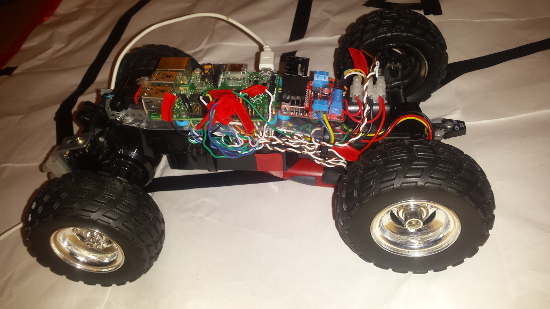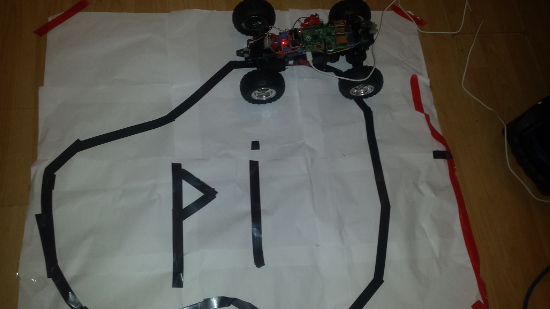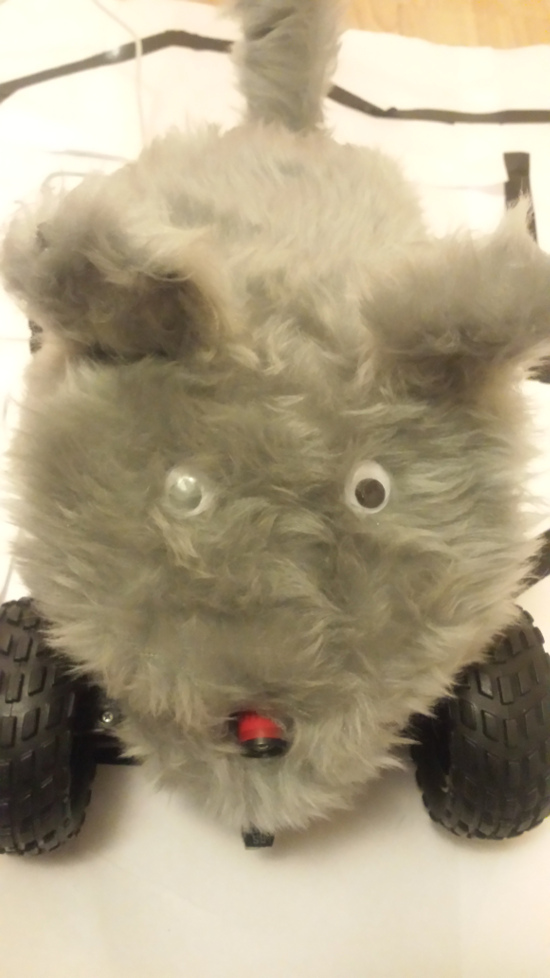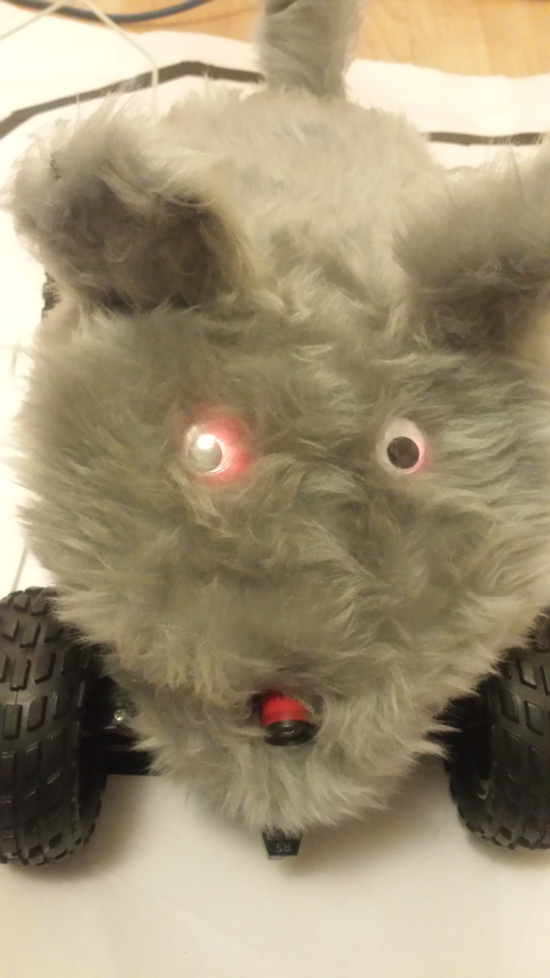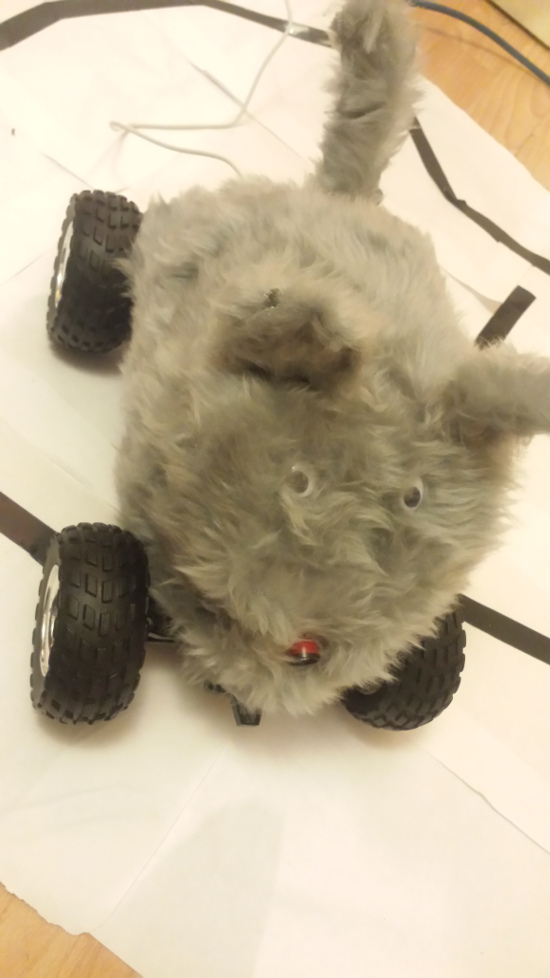My counter built from a old VHS record counter, motor, batteries and a switch.
This weekend I have built an electronic siren. When we press the switch, the speaker generated a loud and annoying siren sound.
Our robot is ready for Pi Wars.
I was very excited to see if making my own microphone would work. I saw this video on YouTube and wanted to try it myself.
How to make a matchbox microphone
We used a small cardboard box, pencil, battery, headphones and some crocodile clips.
It was not very powerful but it did work.
This is Steve a very happy shy Dino.
- Nails
- Wire
- Hot Glue
- Battery
Method (what we did)
We wrapped wire around nails. Then put glue on the wire to stop the wire moving.
When the glue was dry. We connected a battery to the wires and counted the number of screws the magnet could pick up.
Results (table of numbers)
Conclusion (what did we learn)
Using nails and wire we can make magnets. The bigger the electromagnet the stronger the magnetic field.
by dylan & andrew seaford
Apparatus (what we need)
- magnets
- iron filing
- card board
Method (what we did)
We put a magnet under paper. Then put iron filing over the paper to see the magnetic field.
Then we tested the strength of the magnetic field by counting the number of screws the magnet could pick up.
Prediction (what we think is going to happen)
I though the biggest magnet would pick up more.
Results (table of numbers)
Conclusion (what did we learn)
The invisible ball around a magnet is called the magnetic field. The magnetic field is strongest near the magnet poles.
The bigger the magnet the stronger the magnet. The smaller the magnet the weaker the magnet.
by dylan & andrew seaford
- 2 Capsules
- cold water
- black paper
- white paper
- tape
- sun
- thermometer
Method (what we did)
We put white paper around capsule 1 and taped the paper. Then we put black paper around capsule 2.
We filled the capsules with cold water at the same level
.
We left the capsules in the sun and measured the temperature many times.
Prediction (what we think is going to happen)
We thought that white paper would left more sun in.
Results (The data)
The black paper absorbed more sun light than the white paper.
| Time | A (Black paper) | D (White paper) |
| 11:31 | 16.2 | 15.9 |
| 12:33 | 19.3 | 18.3 |
| 1:05 | 14.8 | 13.3 |
| 4:18 | 17.8 | 16.6 |
| 5:15 | 14.8 | 14.9 |
| 6:44 | 13.8 | 13.5 |
Conclusion (what did we learn)
On a sunny day if you want to keep cool you should wear white clothes.
by dylan & andrew seaford
| Dylan Christmas Manager. Built by Dylan using balser wood, hot glue and yellow paper | 
|
| In this experiment we learnt how lights work, by building an electric juction box. |

|



